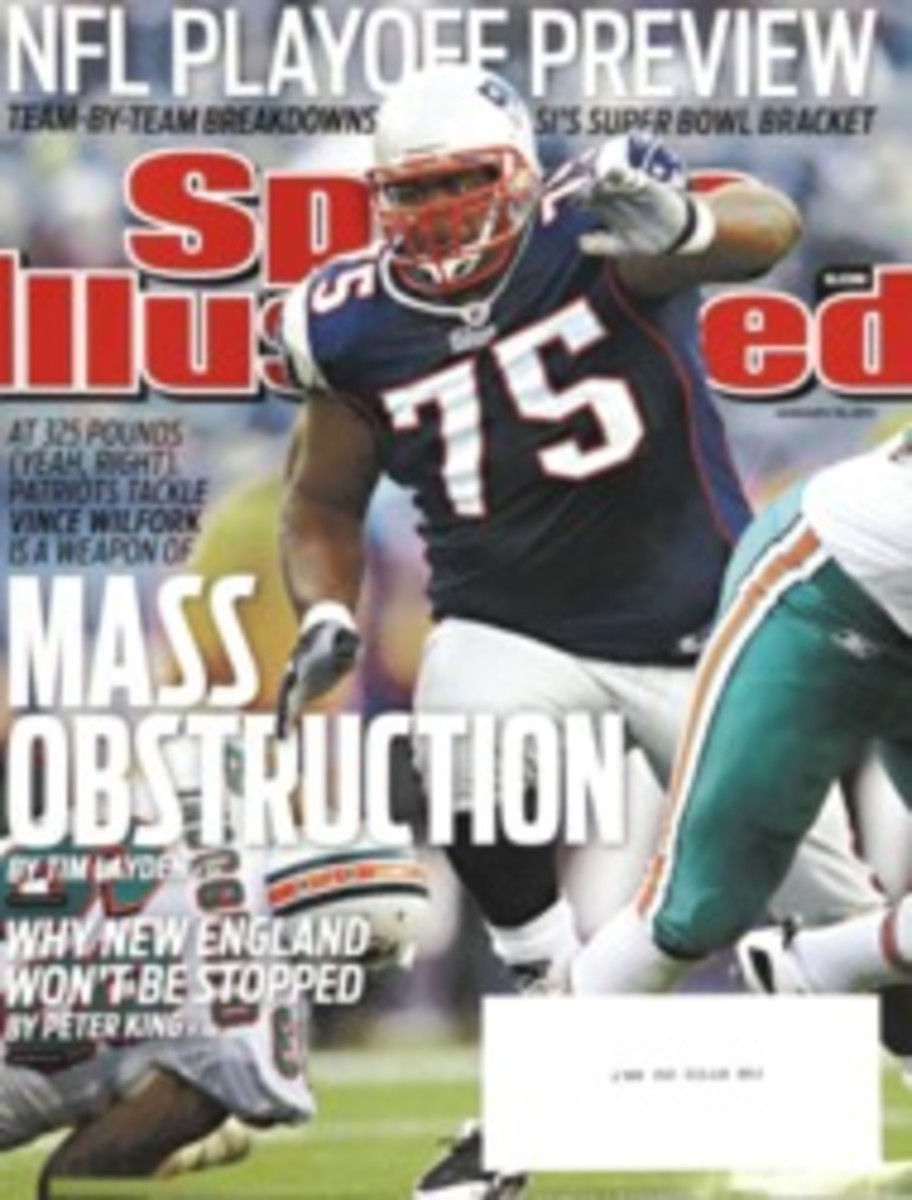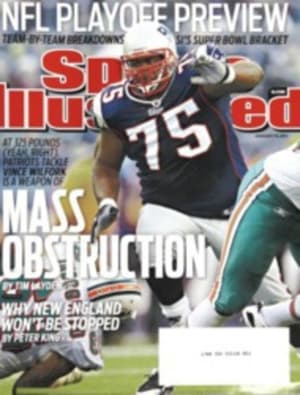
2 Chicago Bears
A hot-and-cold team lives by the big play, but the defense is vulnerable to the small stuff
The Bears are as fickle as an Italian sports car: When they're rolling, they're a thrill—as evidenced by their December wins against the Vikings and the Jets in which they scored a combined 78 points. But when they break down, they're an absolute nightmare.
In 2009 most of the damage was done by the recklessness of quarterback Jay Cutler, who threw a league-high 26 interceptions and had seven multipick games. But in 2010 Cutler had just four games with two or more interceptions. While that's a credit to first-year coordinator Mike Martz, a stickler for detail who suffers mistakes as lightly as a Lake Forest cop does speeders, it's also the product of a young Bears receiving corps that is finally showing some fight, notably second-year wideout Johnny Knox. Of the 10 interceptions Cutler threw in those multipick games this season, six came on routes that Knox was either bullied off or gave up on outright. But Knox became an aggressor late in the season. Against the Vikings he fought past Lito Sheppard for a 67-yard TD. Against the Jets he outmuscled Dwight Lowery and Antonio Cromartie for scoring catches of 40 and 26 yards, respectively.
The O-line has found some spine too. After giving up 31 sacks in the first seven games, the Bears yielded just 17 over the next eight. They have a higher margin for error at Soldier Field, where Chicago will host at least one playoff game—and where the clumpy grass turf makes it tougher for teams to generate a consistent rush. The D can also lean on its ability to create turnovers (Chicago's 35 takeaways ranked behind only New England's 38 among playoff teams) and stop the run (90.1 rushing yards allowed, second best overall). If there's a vulnerability to the defense, it's against the pass. The Bears' Tampa Two scheme limits big plays: Chicago has allowed just 16 completions on attempts that traveled more than 20 yards in the air. But those plays come at the expense of smaller concessions, which can add up quickly. Four passers dinked and dunked their way to 300-yard days against the Bears.
When the Bears do sputter, they have Devin Hester to give them a special teams jolt. Hester had three punt returns for touchdowns this season, giving him an NFL-record 14 career TD runbacks, and his 17.1-yard punt return average—highest in history for a player with at least 30 returns—helped give the Bears the league's best average starting field position (their own 33.7). "In the last two years I really shied away from the return game and put more focus on understanding the offense," Hester says. "Now that I'm comfortable, I'm refocusing on special teams."
Rattle Cutler or his receivers, and the turnovers will be there for the taking. Let them cruise, and they might not stop until they reach Dallas.
HOW TO BEAT THE BEARS
OFFENSE
Stopping quarterback Jay Cutler is a difficult proposition when he finds his rhythm and his receivers are running free in the secondary. But the Bears' offensive line, while quick to adjust mid-game, still needs a few drives to figure out the proper schemes to protect its passer. Get pressure on the Bears early, and Cutler becomes almost Grossmanesque.
DEFENSE
It's the small plays—not the big ones—that have broken the league's ninth-ranked defense. The way to crack Chicago's Tampa Two scheme is to be patient, take what the Bears give you underneath and work the mismatches between the tight ends and linebackers. Brian Urlacher and Lance Briggs aren't nearly as dangerous in coverage as they are shooting gaps.
SEED STATS
How NFC second seeds have fared since 1990
3 Won Super Bowl
2 Lost Super Bowl
10 Lost conference championship game
5 Lost in divisional round
— Lost in wild-card round
PHOTO
JOHN BIEVER
SCARE BEAR Hester's game-busting return prowess strikes fear in foes.

